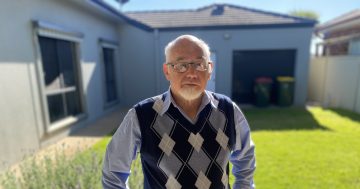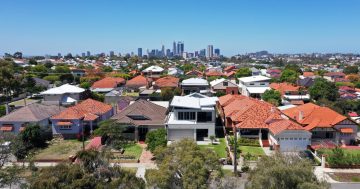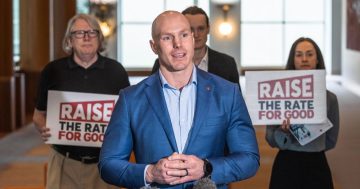 An investigation into Australia’s private rental market by the Productivity Commission has found that while affordability has been steady in recent years, there has been a rapid rise in the number of low-income people renting.
An investigation into Australia’s private rental market by the Productivity Commission has found that while affordability has been steady in recent years, there has been a rapid rise in the number of low-income people renting.
The report found the private rental market worked well for many of the 6.3 million people renting, however, the number of low-income households in rental stress had doubled in the past two decades.
Commissioner, Jonathan Coppel said there were an increasing number of families stuck in rental stress.
“We found that over 600,000 households are in rental stress; that is, they spend more than 30 percent of their incomes on rent,” Commissioner Coppel said.
“Of these, around 170,000 families have $35 a day or less left for all their other expenses after paying rent.
“More low-income households rent privately than ever before, in part because home ownership and public housing have become less attainable.”
He said half of the households who experienced rental stress successfully escaped within 12 months, generally through securing higher paid work.
However, the other half was still experiencing rental stress four years later.
“Poor rental housing outcomes are a key driver of disadvantage. There has been a lot of discussion lately about whether income support payments are high enough,” Mr Coppel said.
“There is merit in looking at whether raising the level of rental assistance would be effective.”
He said the report also found that more families with children were now renting, as well as people with a disability and retirees.
“Around one in five moves are involuntary, often as a result of the landlord selling their property, and the costs of eviction can be particularly high for vulnerable households,” Mr Coppel said.
“Having 30 days to find new accommodation if you are elderly or have family responsibilities can be very difficult.”
The Productivity Commission’s 151-page report can be accessed at this PS News link.











